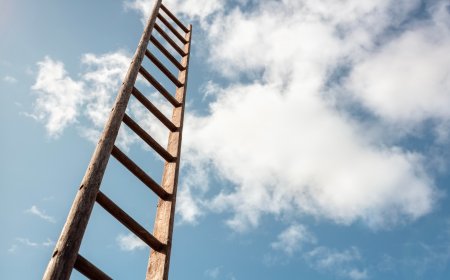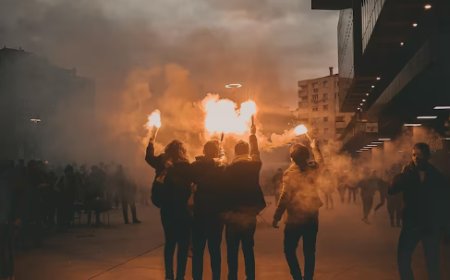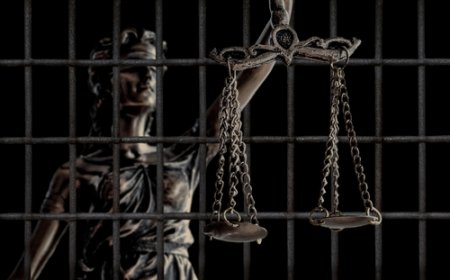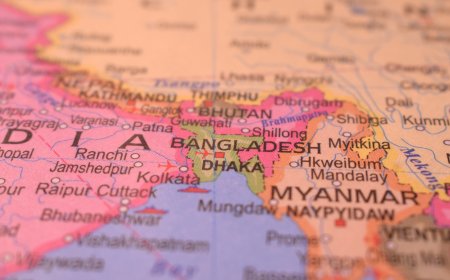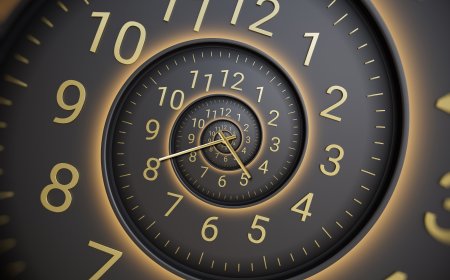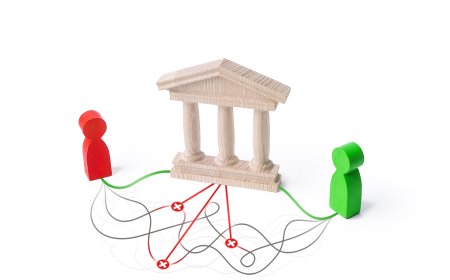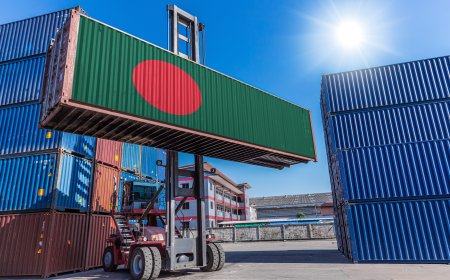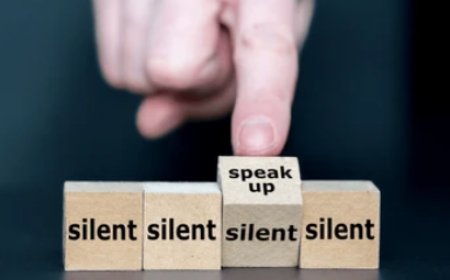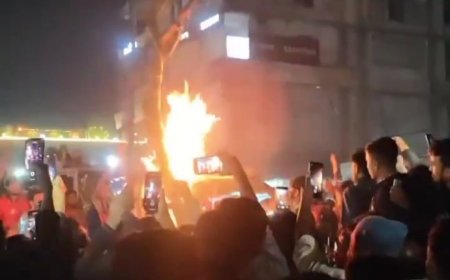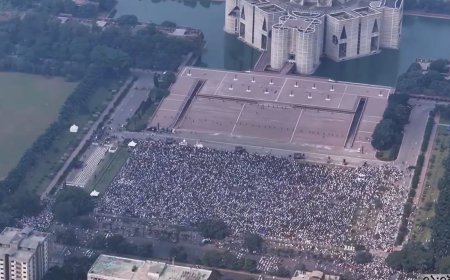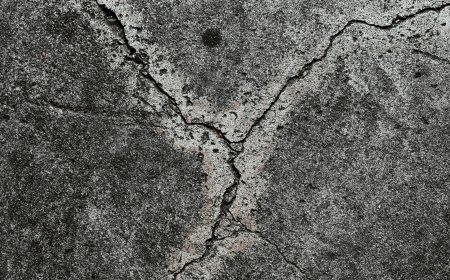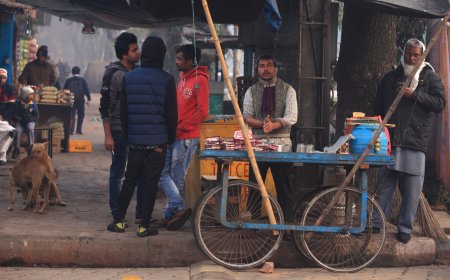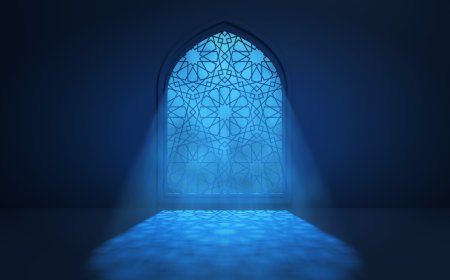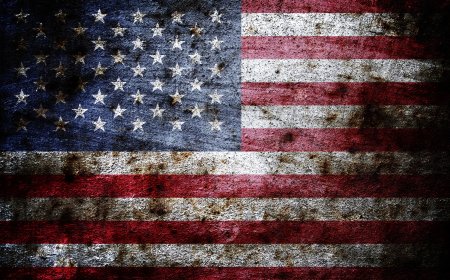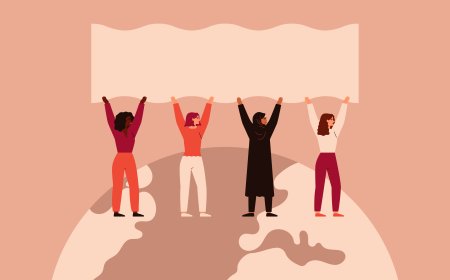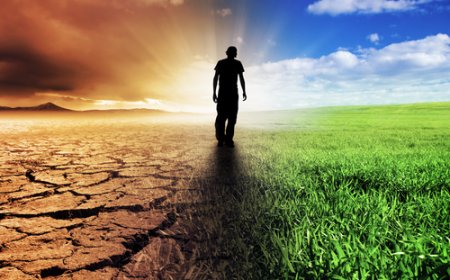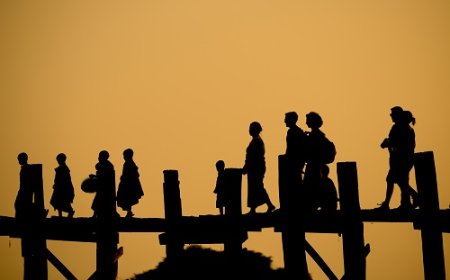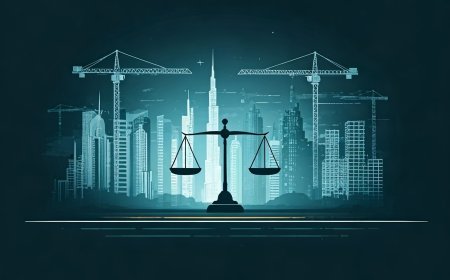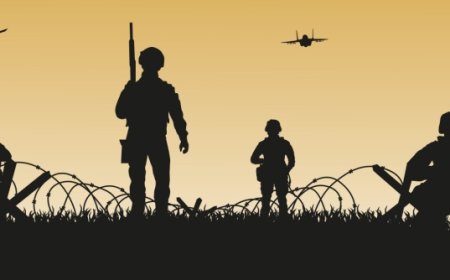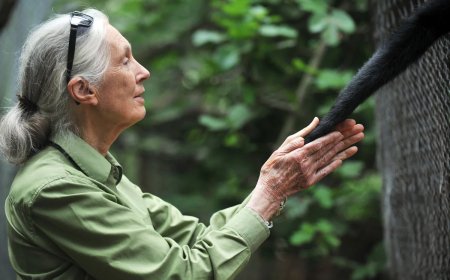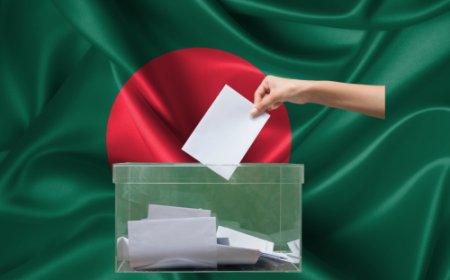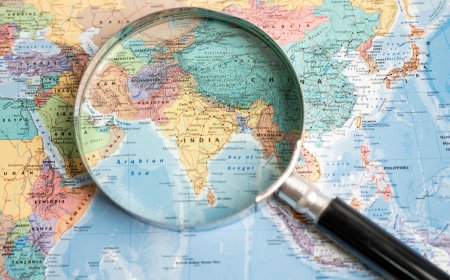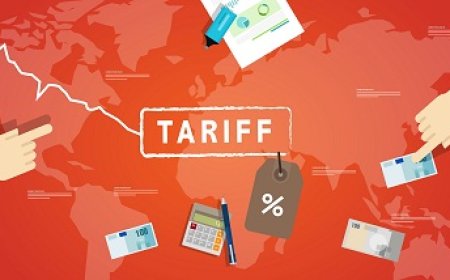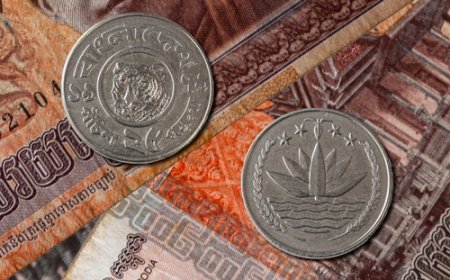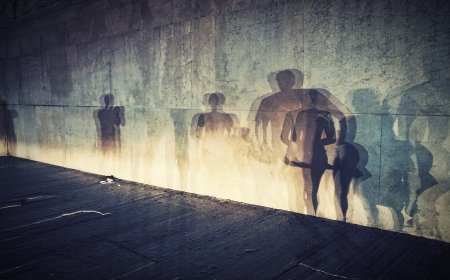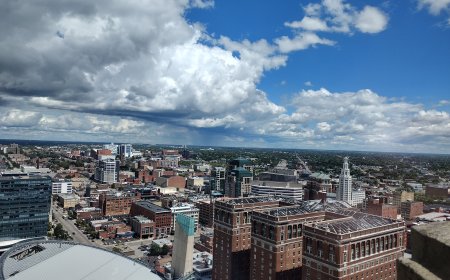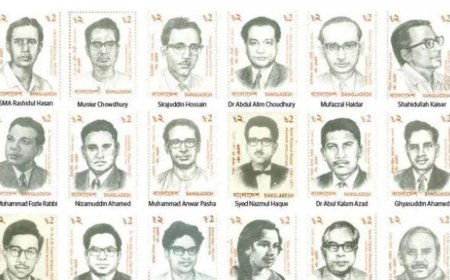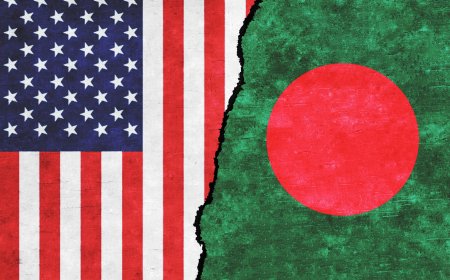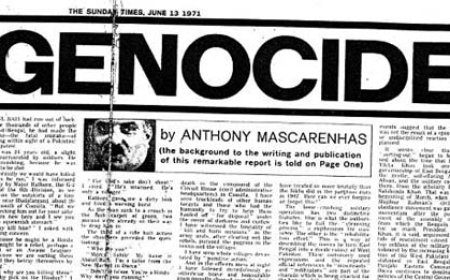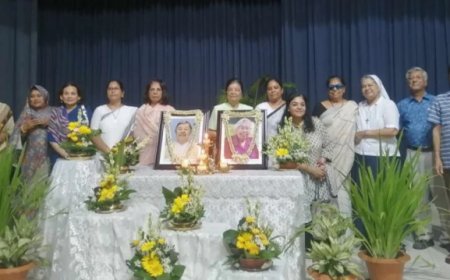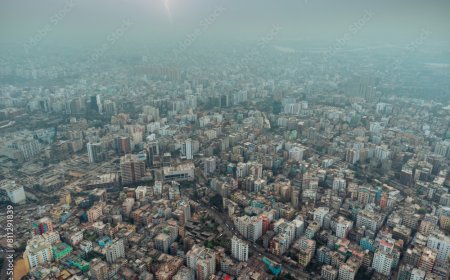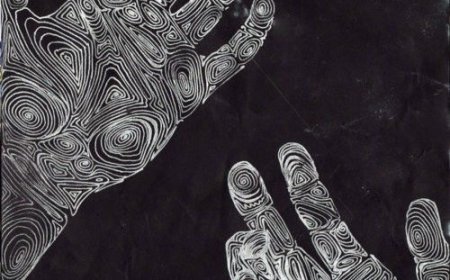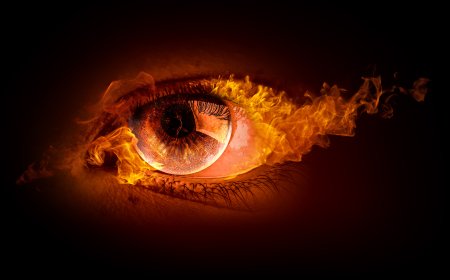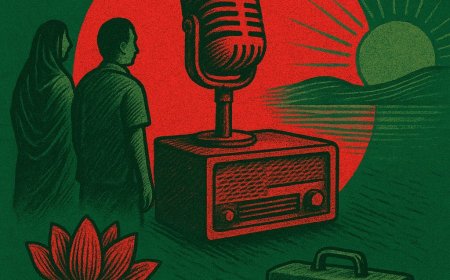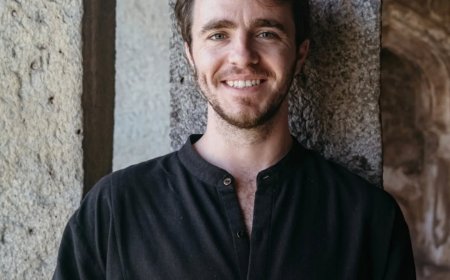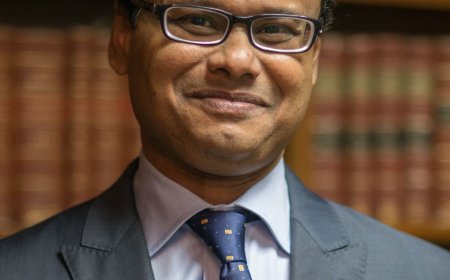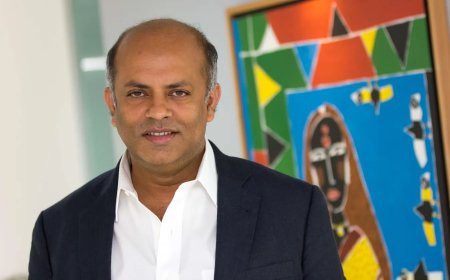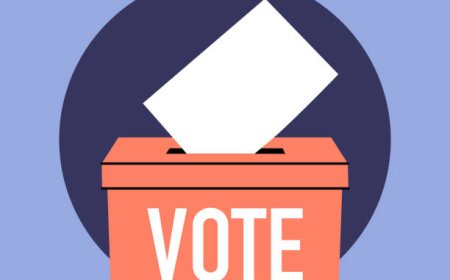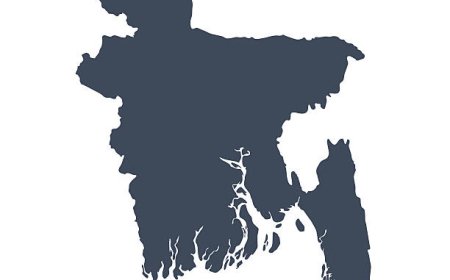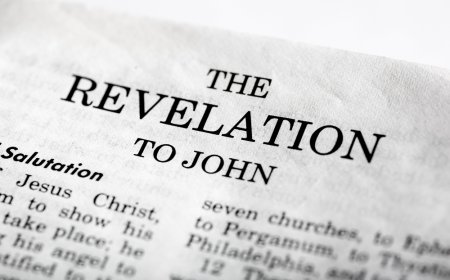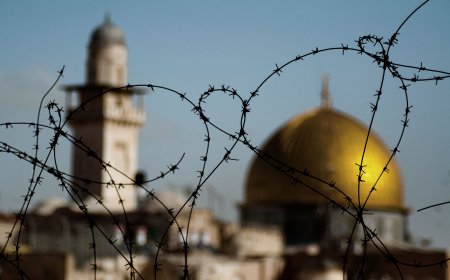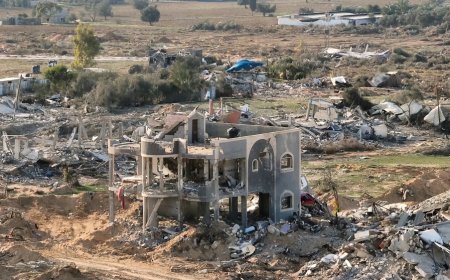Streets of Conscience
How global protests shaped the Palestine narrative
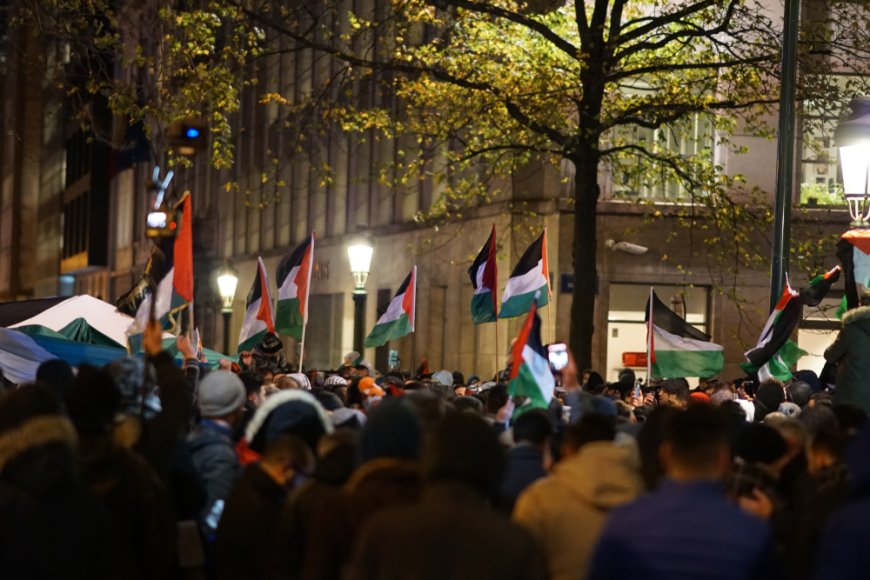
Since late 2023, the world has been witnessing something extraordinary -- a groundswell of people taking to the streets, from New York to Nairobi, Dhaka to Dublin, in solidarity with the Palestinian people.
What began as outrage over the devastating escalation in Gaza that October soon crystallized into a global movement -- one that challenged official narratives, demanded accountability, and insisted on seeing Palestinians not as statistics, but as human beings deserving of justice and dignity.
The Epicenters: Western Capitals Take the Lead
Ironically, the loudest calls for Palestinian freedom have not come from Arab streets but from the heart of Western democracies. London has seen waves of protest unlike any in recent memory -- at times drawing more than 300,000 demonstrators.
Across the Atlantic, marches in Washington, D.C., Chicago, and New York have packed entire avenues, sometimes with over 100,000 participants -- a remarkable sight in a country whose foreign policy has long tilted toward Israel.
Similar scenes have unfolded in Paris, Berlin, Toronto, and Sydney, turning city centers into seas of flags and placards bearing messages of resistance and remembrance.
What’s notable is the staying power of these gatherings. Rather than fading after a news cycle, they’ve persisted -- resurging around key dates like Nakba Day or in response to fresh escalations. As the war persisted and the scale of the genocide could no longer be ignored, the protests evolved -- not just expressions of grief, but of enduring defiance.
Broadening the Base: From Campuses to Coalitions
If the early protests were driven by outrage, the later ones were marked by organization. University campuses in the US, UK, and Europe emerged as crucibles of conscience -- reviving echoes of Vietnam-era sit-ins. From Columbia to Cambridge, students occupied lawns, erected encampments, and demanded divestment from arms and companies tied to the war.
These were not isolated acts. Labor unions, interfaith groups, climate activists, and anti-racism networks joined in -- weaving Palestinian solidarity into a wider tapestry of global justice movements.
This diversity gave the movement both resilience and legitimacy. In London and New York, Jewish anti-occupation collectives marched alongside Muslim associations and secular human rights groups.
Clergy carried banners beside students. It was not simply a regional cause -- it was moral cosmopolitanism in action.
Reframing the Narrative
For decades, public discourse around Palestine in Western media has been filtered through geopolitical lenses, often minimizing human suffering. These protests cracked that frame. By foregrounding civilian casualties, blockades, and humanitarian violations, demonstrators reclaimed moral ground and made the language of rights unavoidable.
Their sheer visibility forced institutions -- from newsrooms to parliaments -- to acknowledge dissent that had long simmered beneath the surface.
In effect, they democratized foreign policy debates, challenging both policymakers and pundits to confront uncomfortable truths. No longer could unconditional support for military campaigns be justified as consensus; the streets made sure of that.
The Geography of Protest: Why the West Spoke Louder
A striking paradox underpins this movement: it found its strongest voice in the West, not the Muslim-majority world. Cities like Jakarta, Istanbul, and Dhaka saw large crowds -- but nothing on the sustained scale of London or Washington. This is less a measure of sentiment than of circumstance. In many Arab and Muslim nations, public protest is either tightly policed or outright banned. Leaders fear that opening the streets for Gaza could reopen domestic fissures.
The result is a controlled solidarity -- symbolic, sanctioned, but seldom spontaneous.
There’s also a kind of emotional fatigue at play. For populations exposed to the Palestinian tragedy for decades, grief has calcified into grim familiarity. Western audiences, by contrast, encountered the raw images through social media with fresh outrage -- especially younger generations, for whom justice movements from Black Lives Matter to climate activism have primed a transnational moral reflex.
Bangladesh: Conscience in Motion
In Bangladesh, the Palestinian cause has long resonated -- entwined with the country’s own liberation ethos. When Gaza burned in late 2023, the response was swift. From Dhaka University to Suhrawardy Udyan, tens of thousands poured into the streets -- students, clerics, artists, and activists. Some carried banners painted by hand, others recited poetry and prayed for peace.
The largest outpouring came in April 2025, when an estimated 100,000 people gathered in Dhaka, demanding a ceasefire and boycotts of complicit corporations.
Yet, as in much of South Asia, these mobilizations ebbed and flowed. Political caution over mass gatherings and competing domestic priorities kept protests episodic rather than sustained. Still, their symbolism mattered.
They reaffirmed Bangladesh’s moral alignment with global justice, reminding the world that solidarity is as much about conscience as capacity.
Streets as Moral Arenas
The solidarity protests of 2023–2025 mark a turning point in the global conversation on Palestine. They have redrawn the moral map -- proving that empathy can mobilize across borders, and that narrative power lies as much in the streets as in statecraft.
These rallies didn’t end the suffering in Gaza -- but they shattered the silence that long surrounded it.
To call Muslim-majority societies indifferent would be wrong.
Their caution is born of constraint, not coldness.
But in the freer public squares of the West, protest has become a proxy for justice -- a way for ordinary citizens to say what many governments will not. Together, these movements remind us that conscience, once awakened, can ripple across continents -- reshaping not only narratives, but the very meaning of solidarity itself.
What's Your Reaction?







